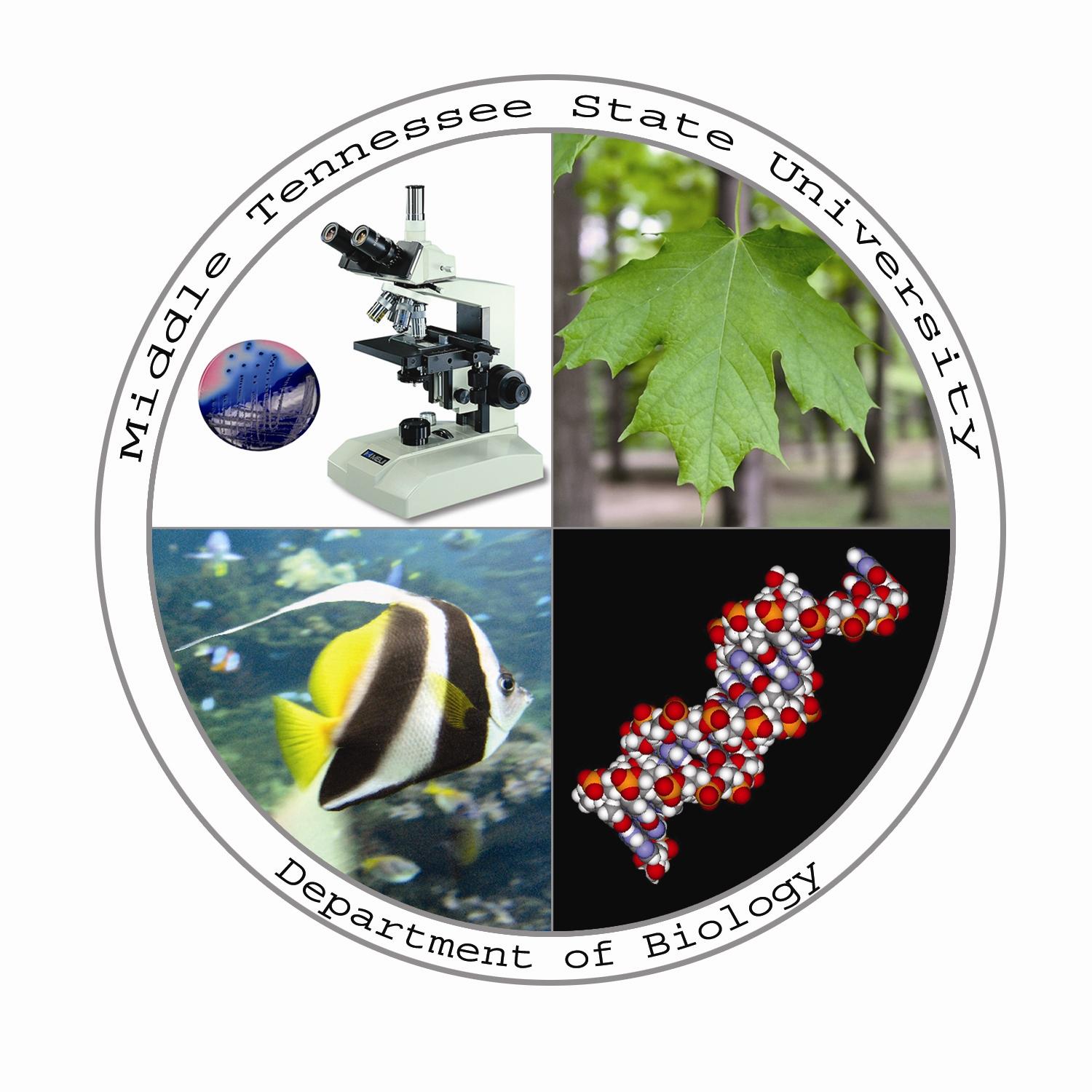Welcome to MTSU's Center for Environmental Education
BE A PHENOLOGIST!
Blooming flowers, migrating birds, spawning fish, flashing fireflies, thunderstorms, falling leaves, buds opening, leaves falling, harvest moons, rutting deer, frozen ponds, birth & death are all part of the cycles of life experienced each year.
Keeping track of cyclical events is only one part of the story. Linking how these changes relate to weather (temperature and rainfall) is the science of PHENOLOGY - and a perfect way to encourage youngsters to journal! Go outside to your school yard or nature center and inspire students to record these phenological happenings throughout the school year.
- Plant budding and floral blooms in the Spring, Summer and Fall. (EX: first daffodil bloom or last redbud leaf to fall)
- Spring and Fall migration patterns of some birds and/or mammals. (EX: first robin or frogs calling in spring, geese in flight in fall)
- Denning and emergence dates of hibernating animals. (ex: toads hibernating or squirrels building nests in forks of trees)
- Appearance of fireflies, mosquitoes and other insects. (ex: level of bee activity in the garden or birds at the classroom bird feeder)
- Fruiting & harvest dates of various cultivated plant species & associated insect pests. (EX: in a garden, flowerbed, etc.)
Suggested websites where phenology can be recorded and shared by you and your students are below. Enjoy!
eBird http://www.ebird.org
Here you will find bird sighting information by location, species, and time of year.
View others’ observations and enter your own.
Journey North http://www.learner.org/jnorth/
Kids in grades K-12 can use this site to enter their field observations and track the migration of monarch butterflies, birds, and mammals; the budding of plants; and other natural events, like changing sunlight.
Project BudBurst http://budburst.org
The Chicago Botanic Gardens allows you to be a citizen scientist! Enter information about the budburst, leafing, and flowering of native tree and flower species in your neighborhood. Observation reports will help us all understand how plants respond to climate and atmospheric changes.
iNaturalist http://www.inaturalist.org
This site allows users to record what they see in nature, meet other nature lovers, and learn about the natural world. You take a photo of the organisms and upload it to the web along with the location where you saw it. The nice thing is that your smart phone with technology straight from Star Trek will record your exact location using the built in GPS and application uploads on the web site.
Project Noah http://www.projectnoah.org/
Using an “app” for mobile phones, this citizen science project encourages you to document your wildlife sightings and in the process collect important ecological data and help raise awareness of global biodiversity (Brigida, 2010).
Monarch Watch http://www.MonarchWatch.org
There are several ways to be involved either as an individual, as a classroom teacher with students, and more.
National Phenology Network https://www.usanpn.org/
Will put you in touch with a wealth of information and useable resources for phenology.
Photo Credits: Images at top of page are by Darel Hess







